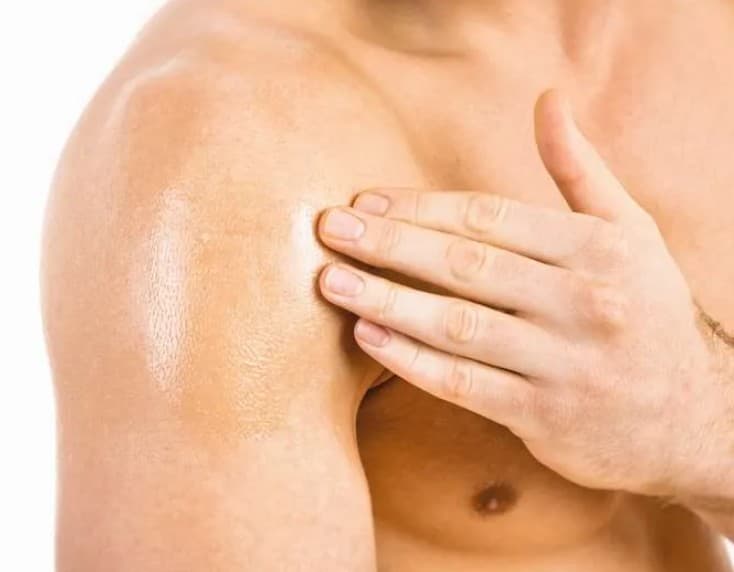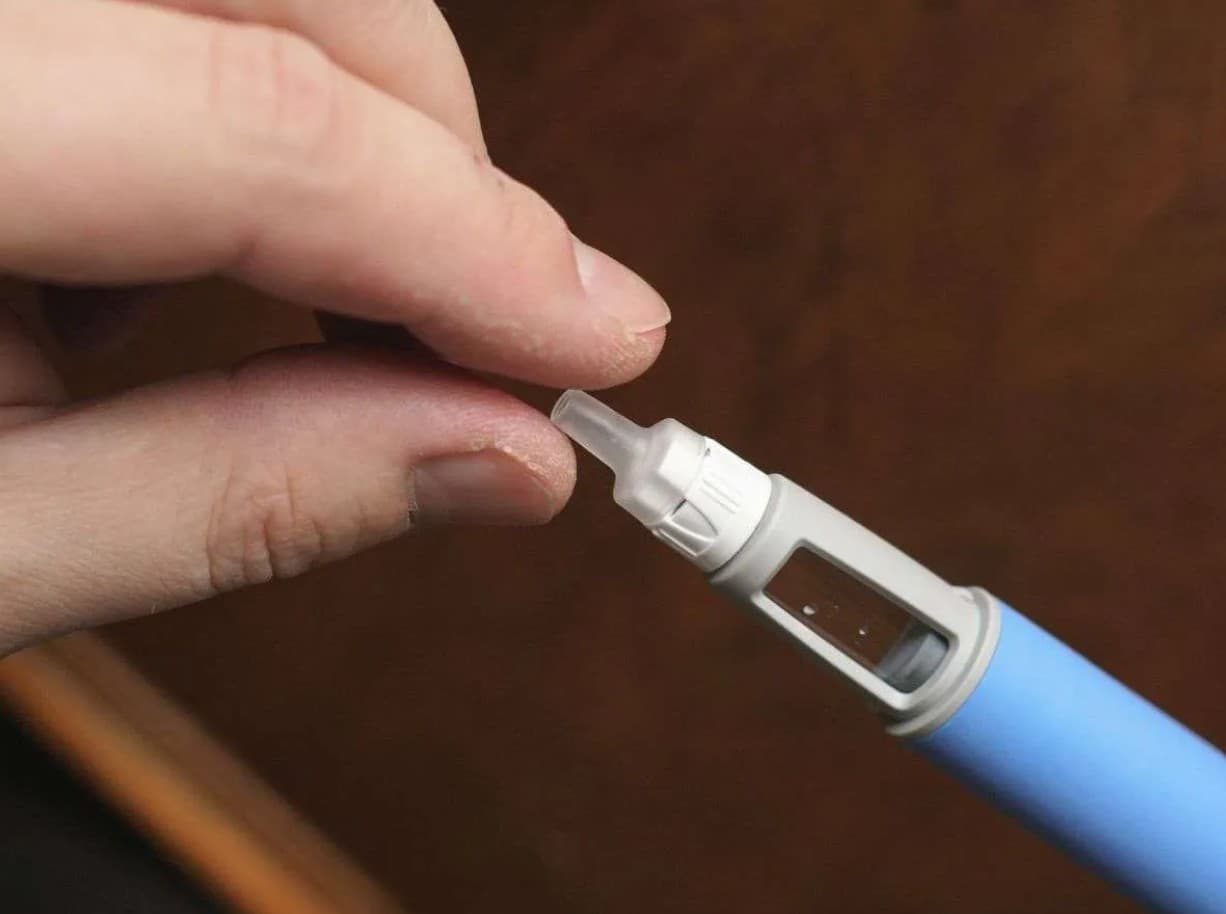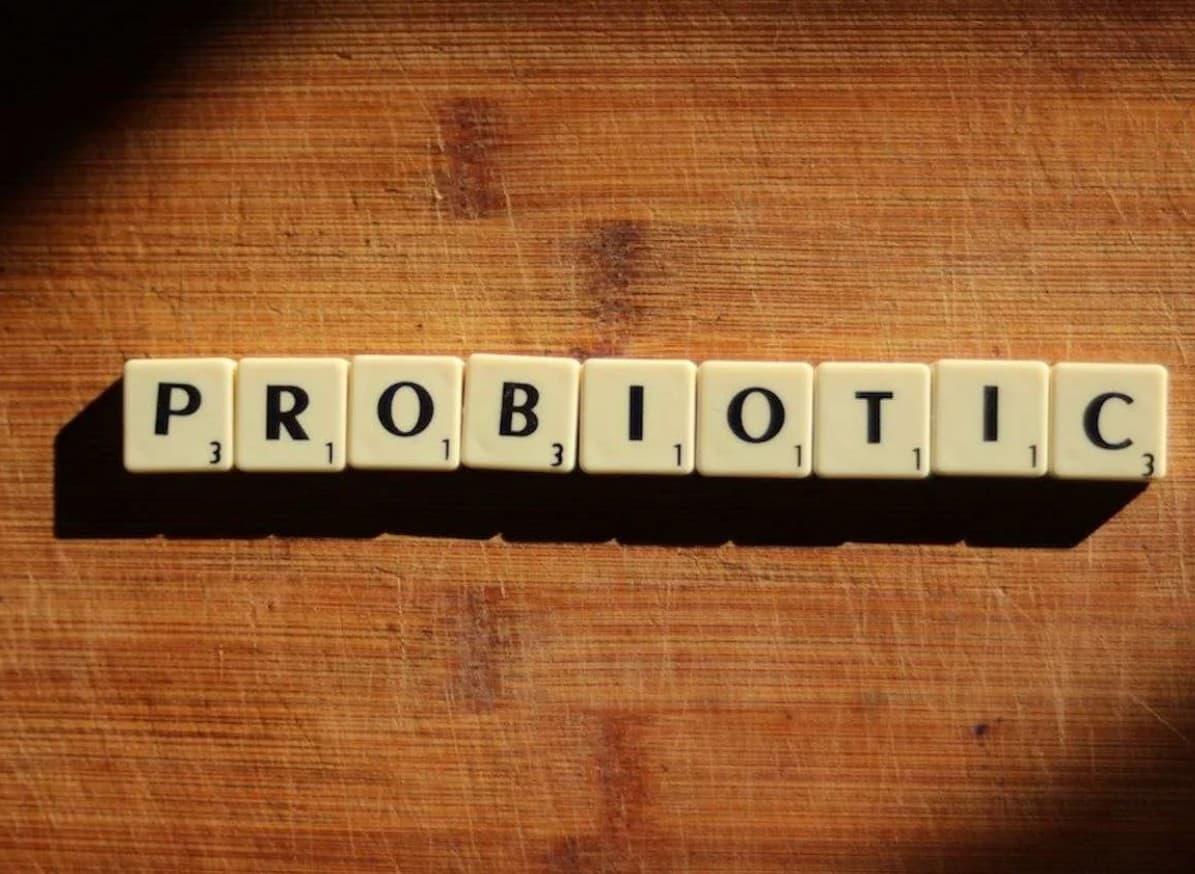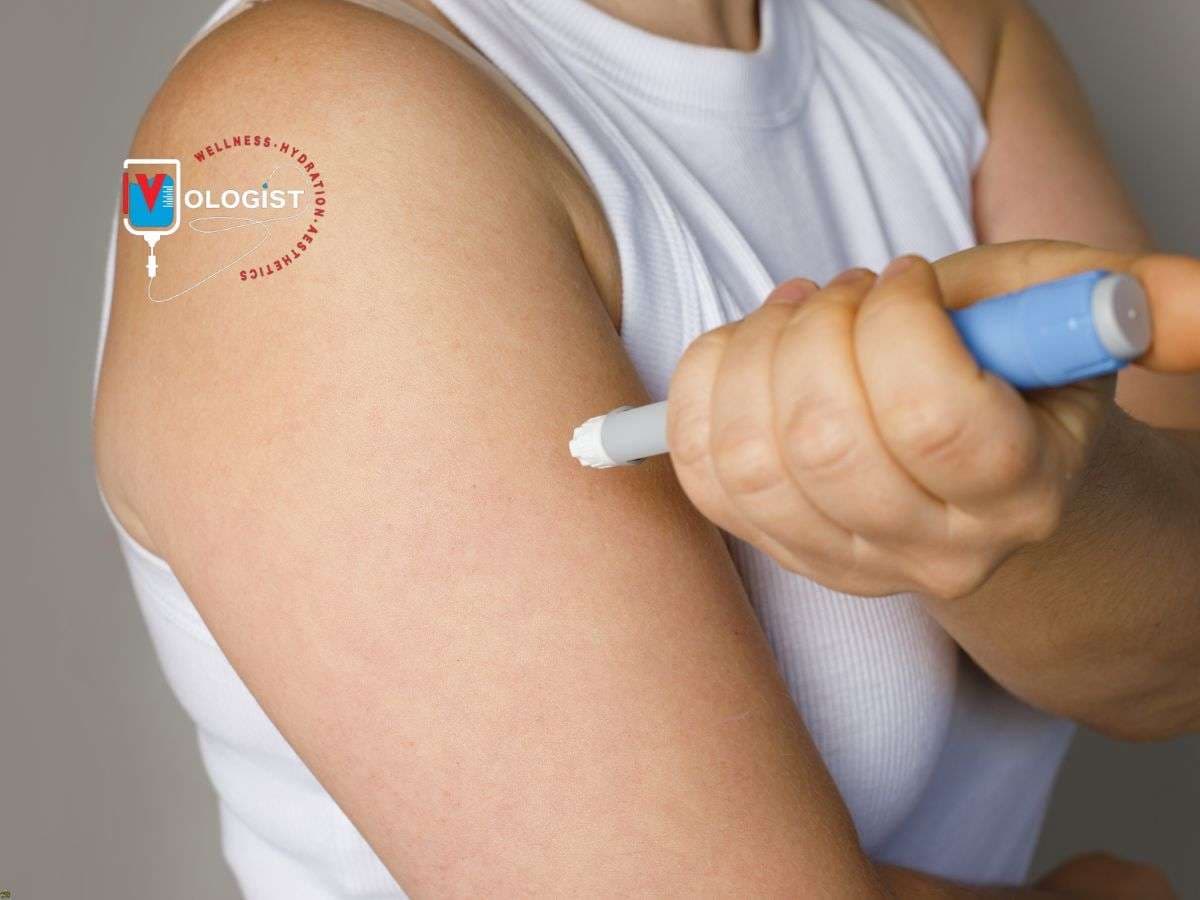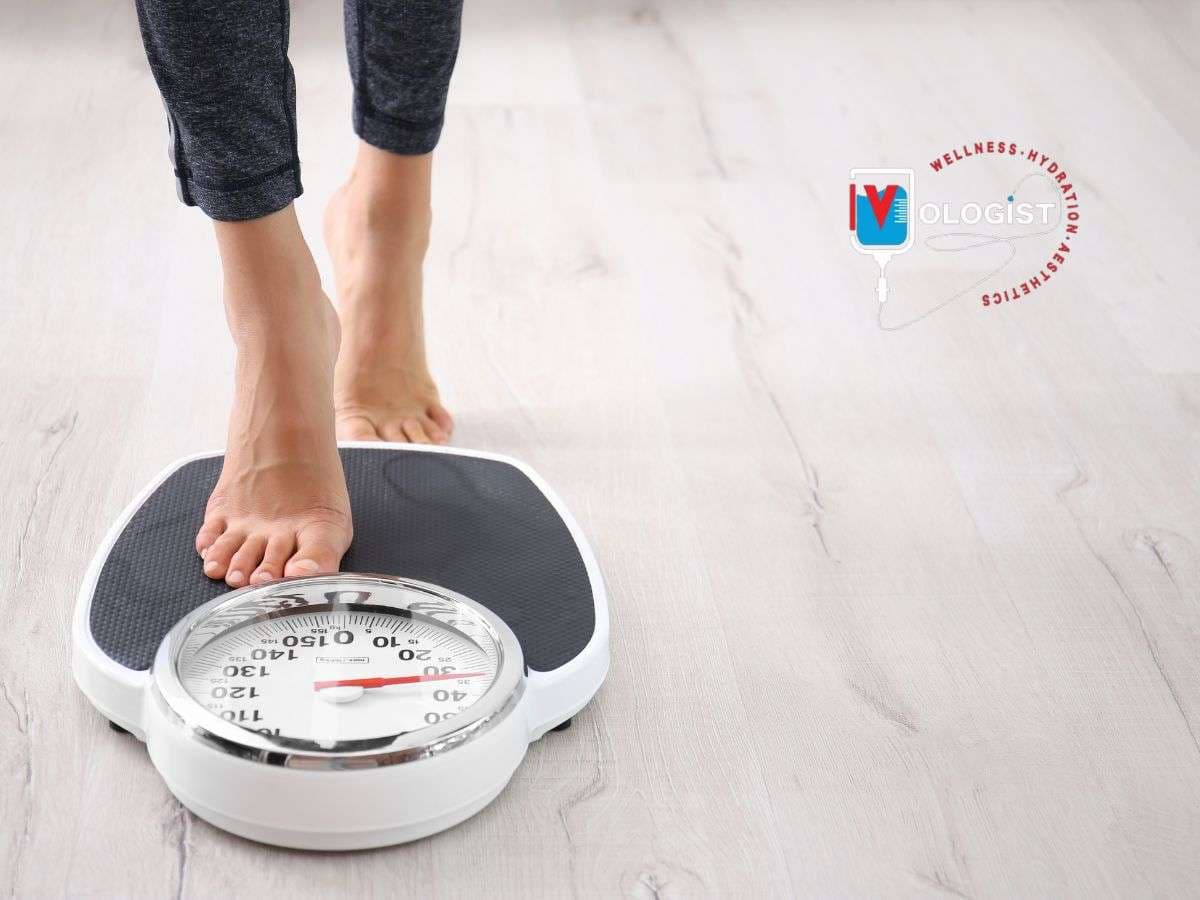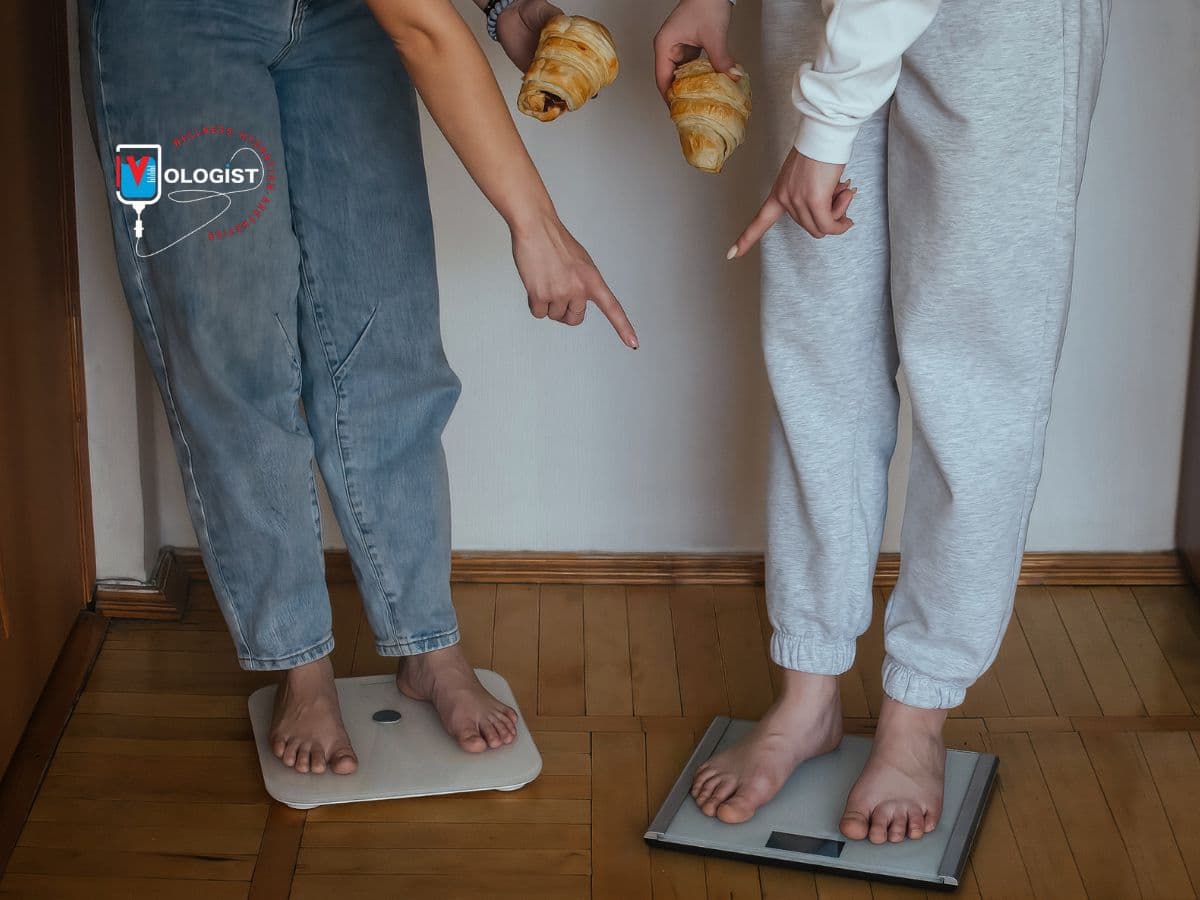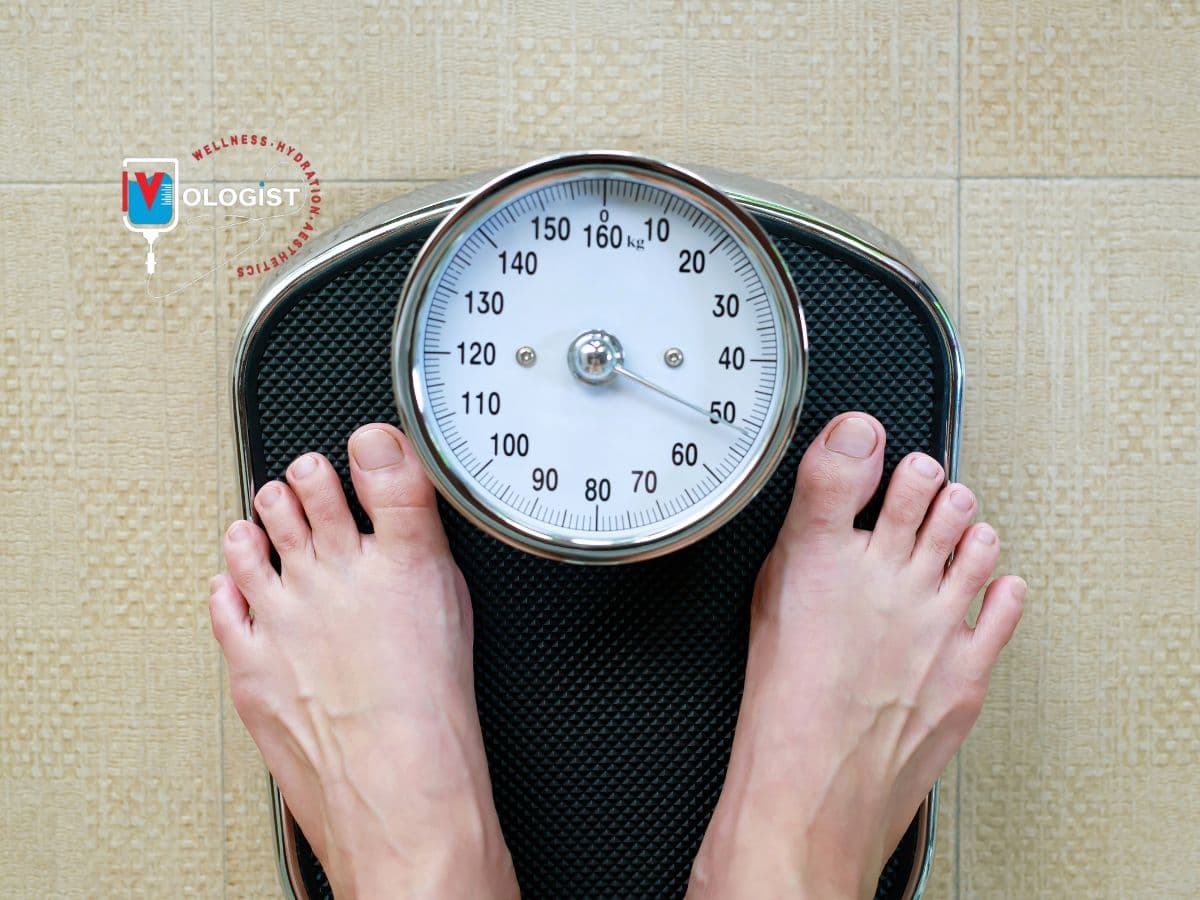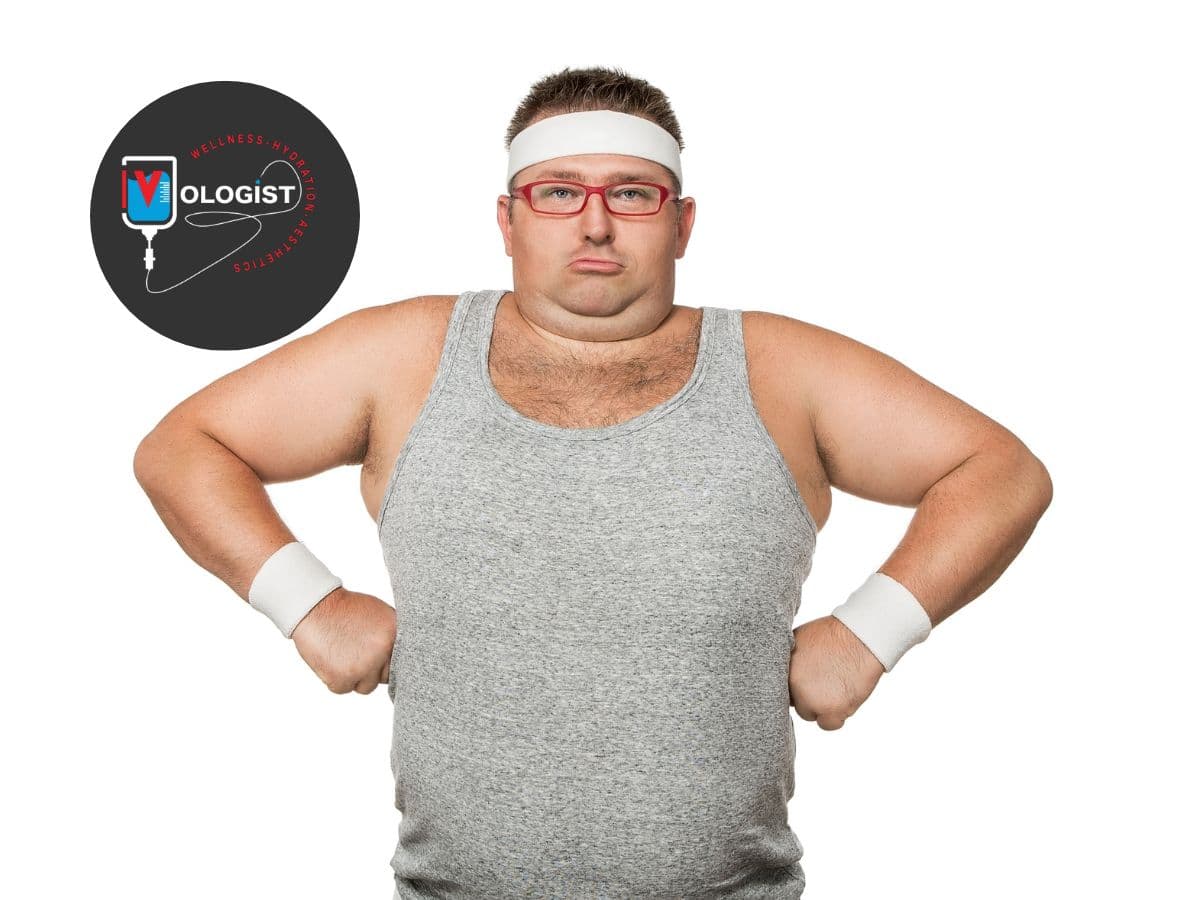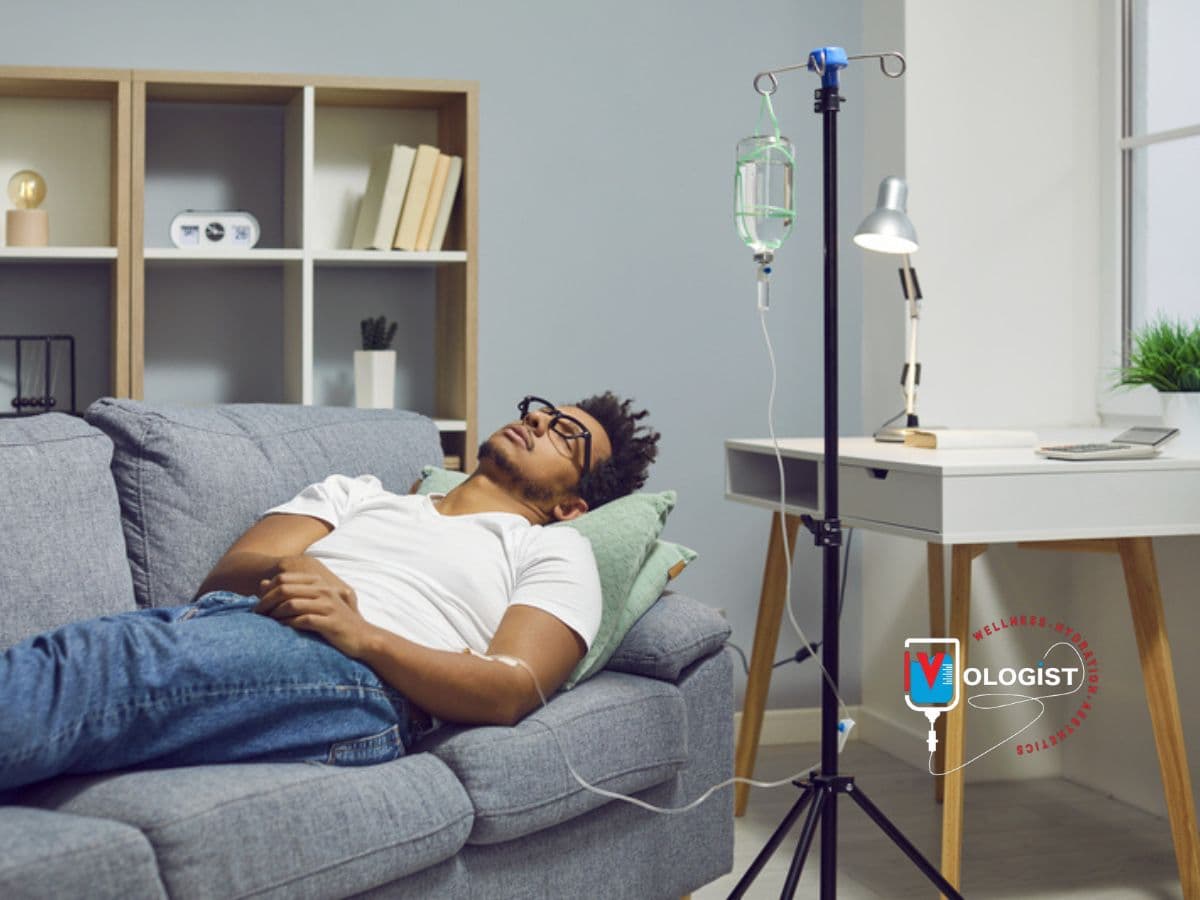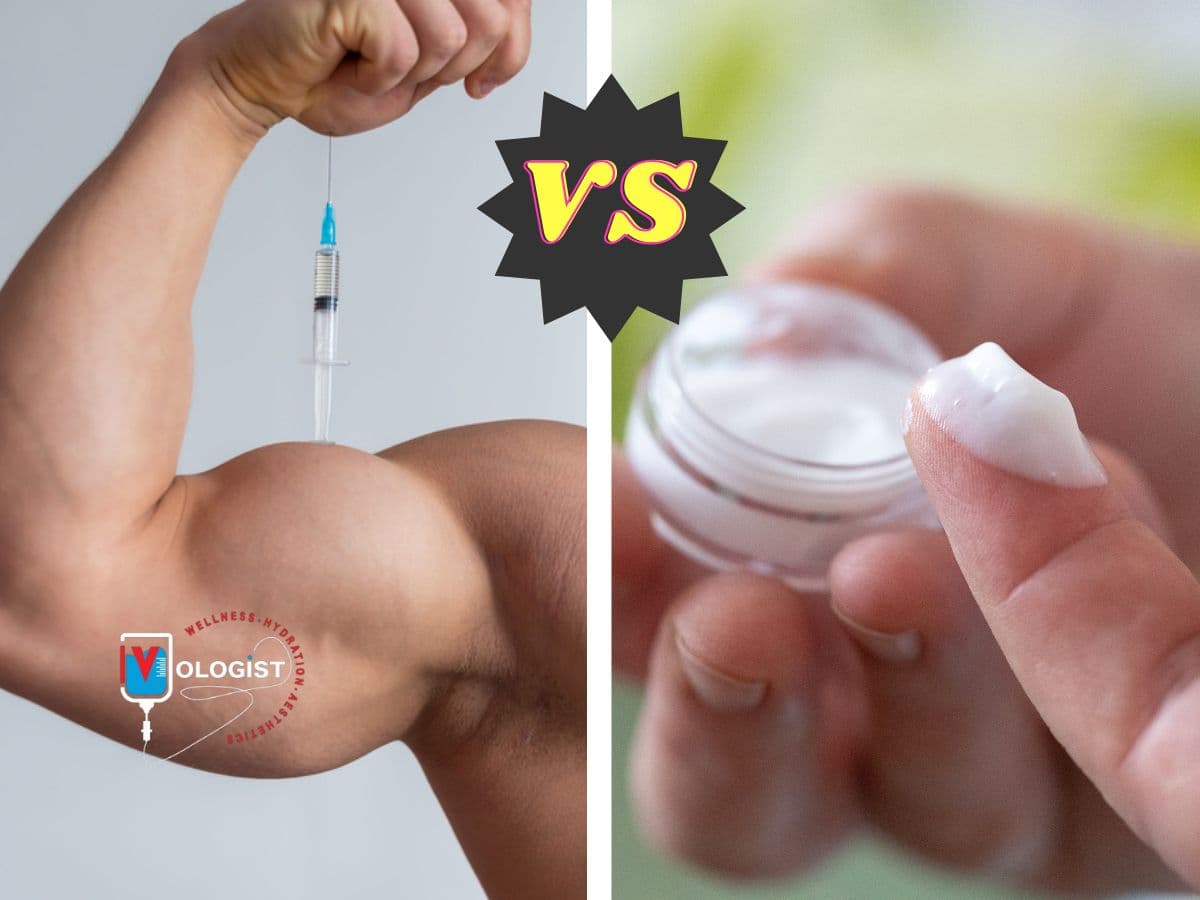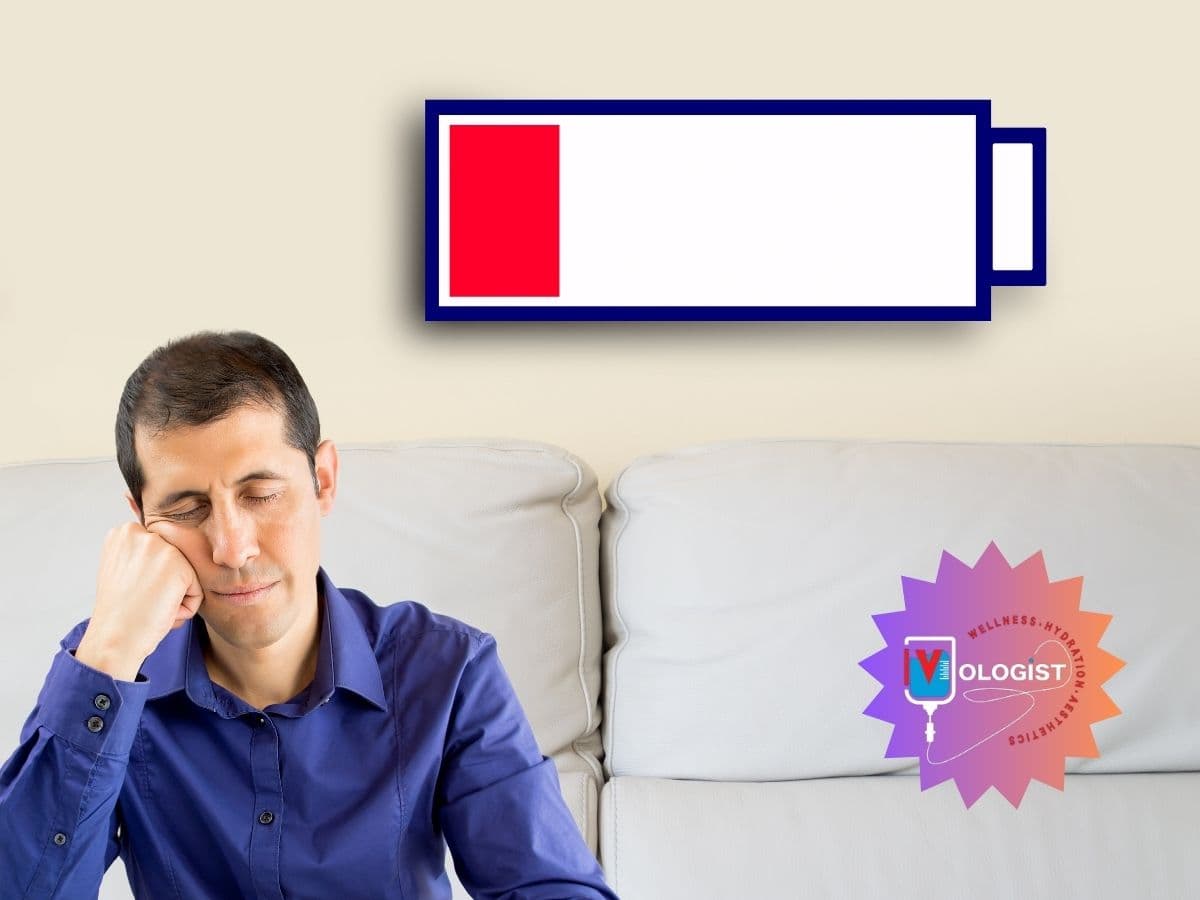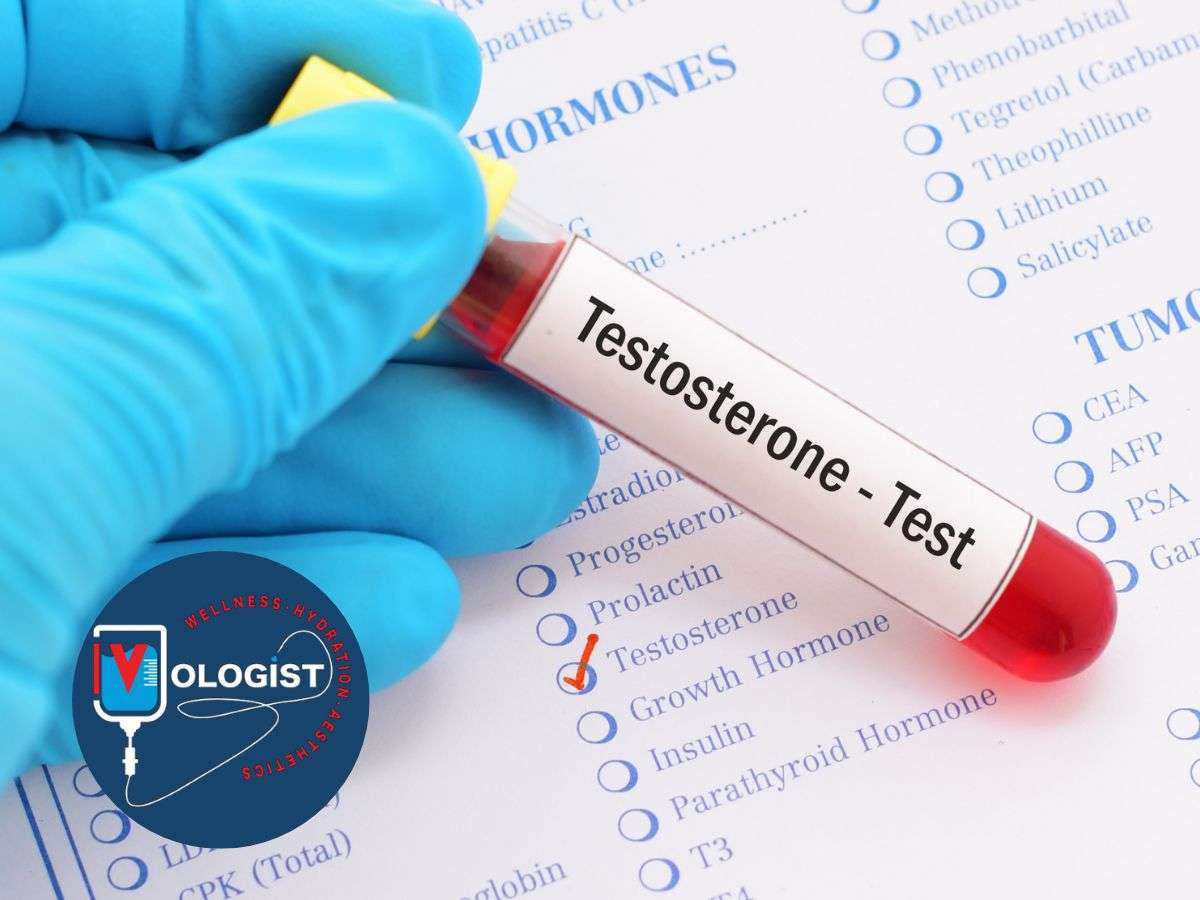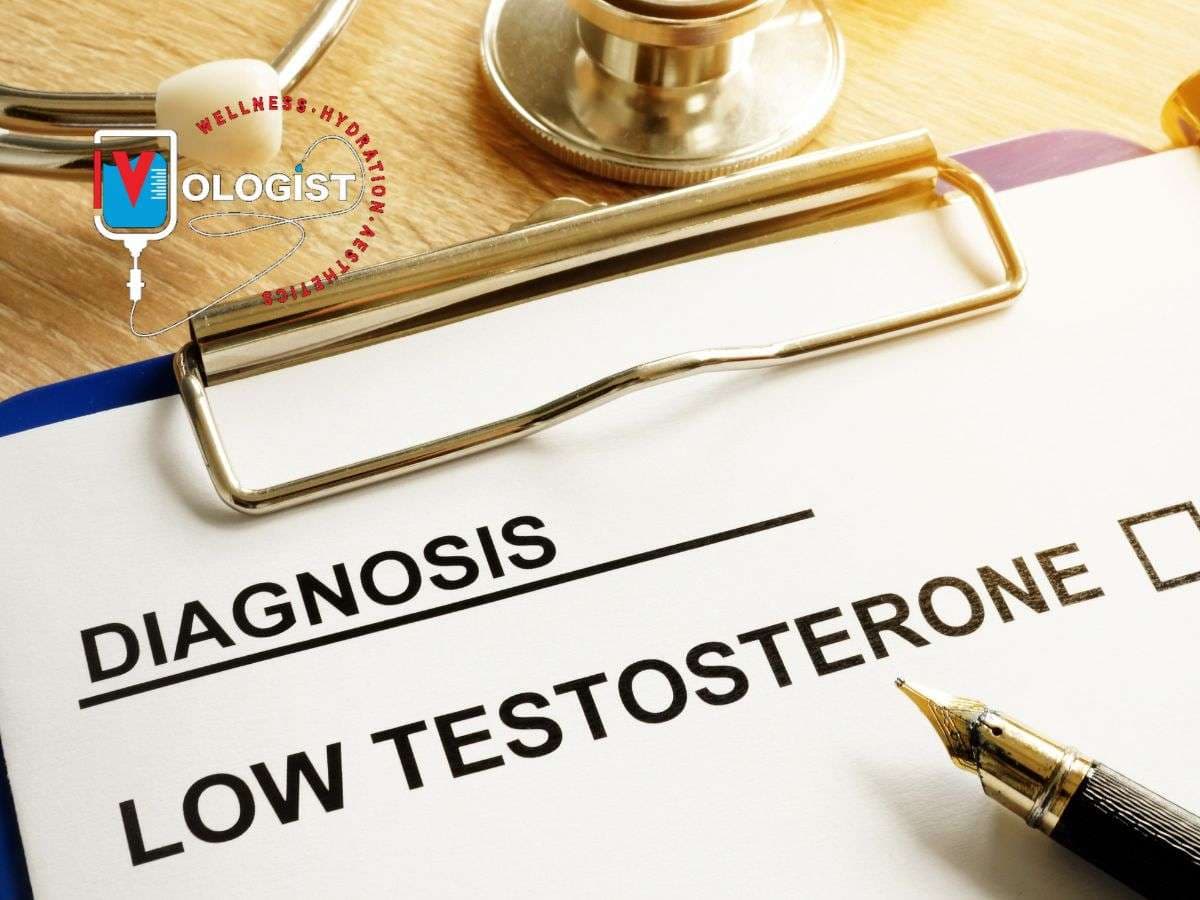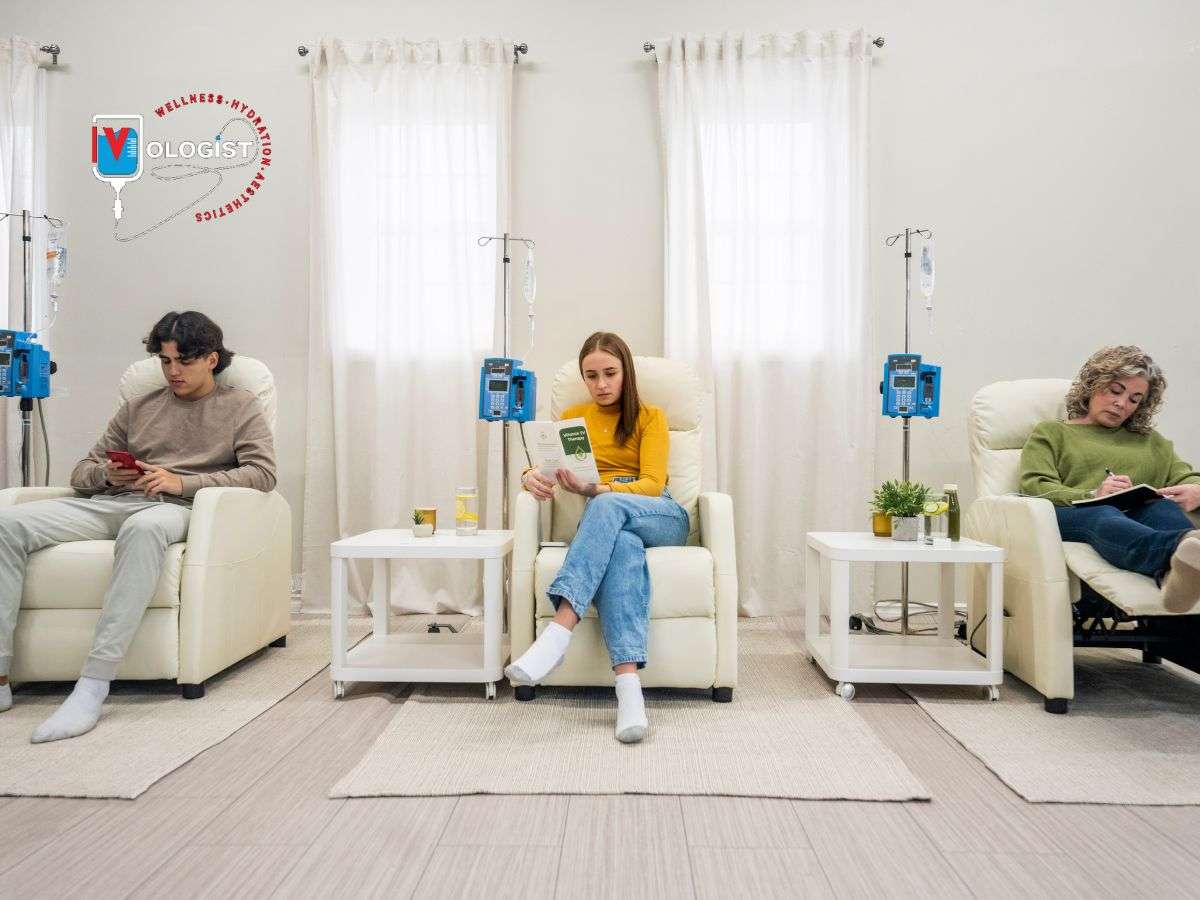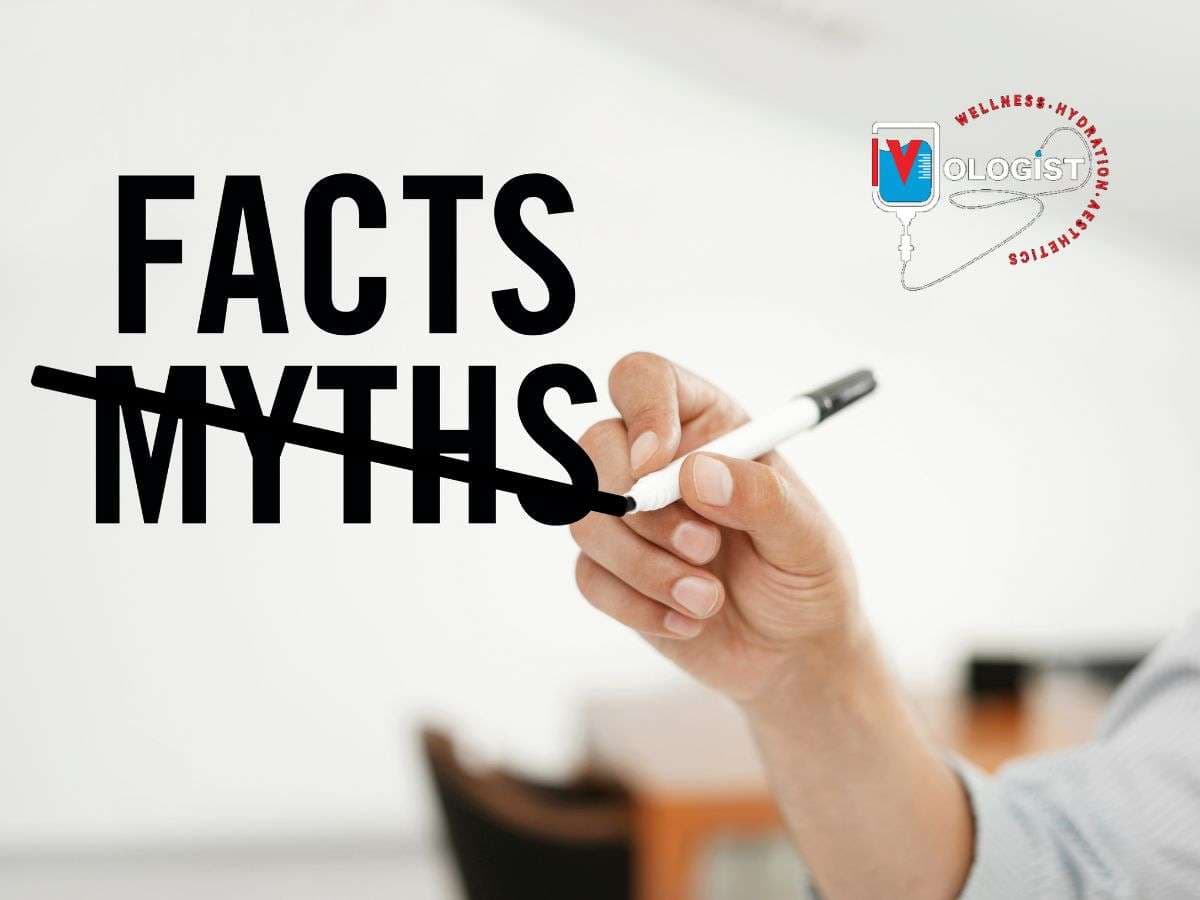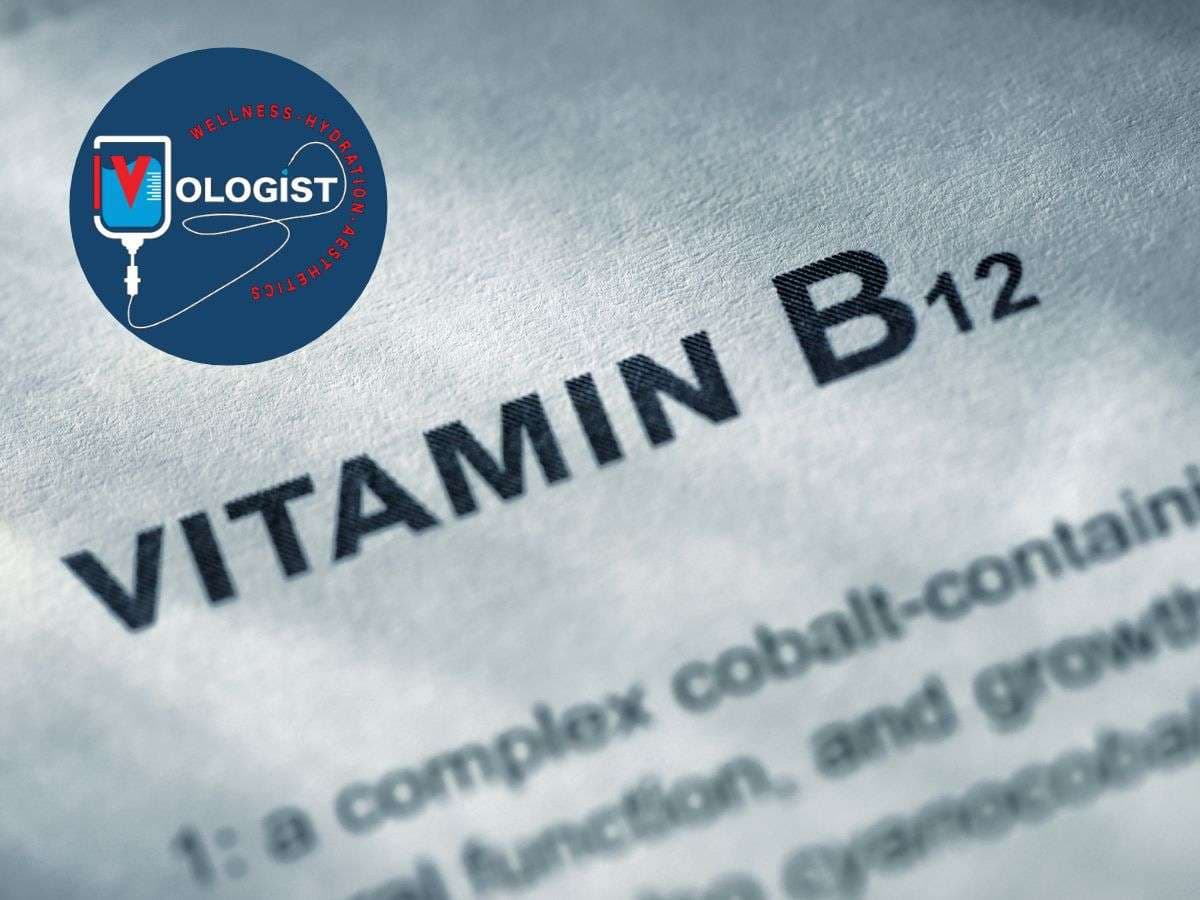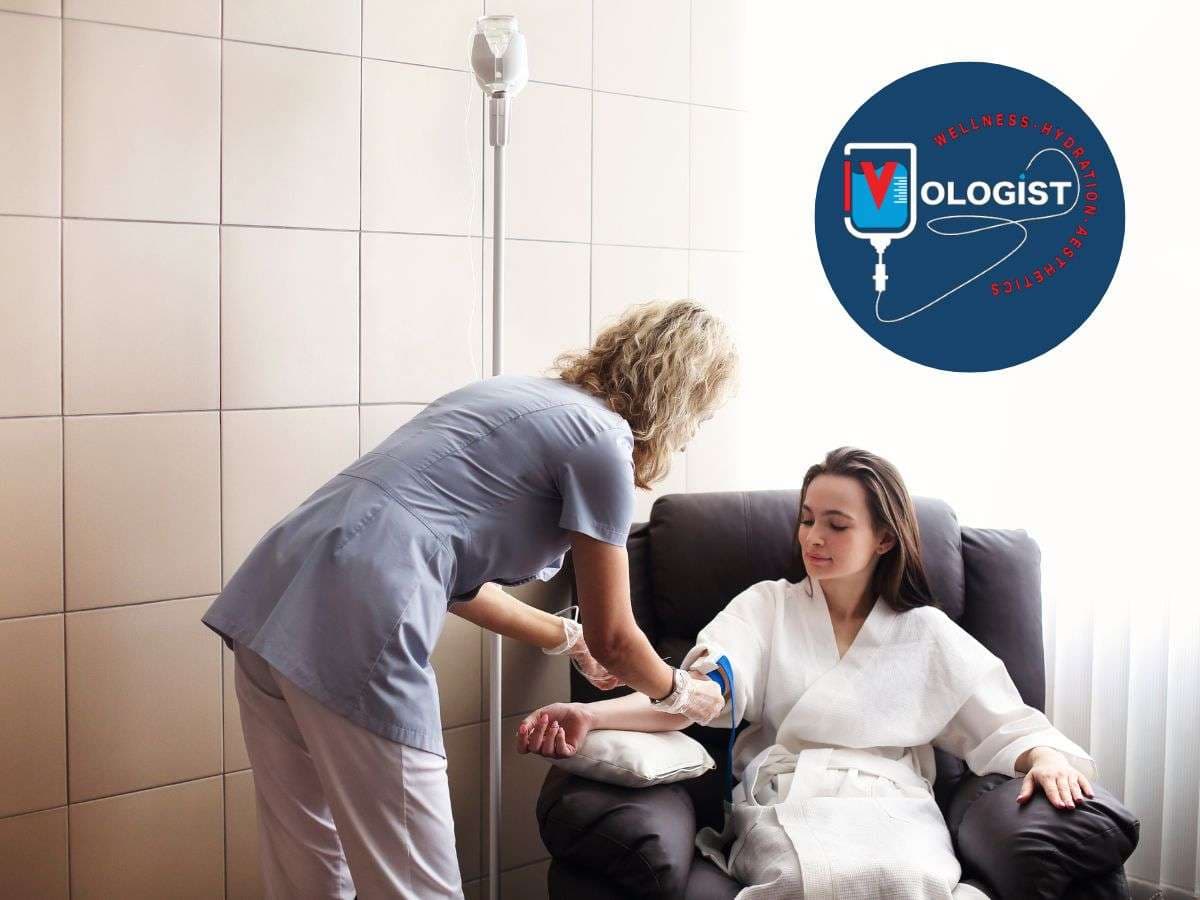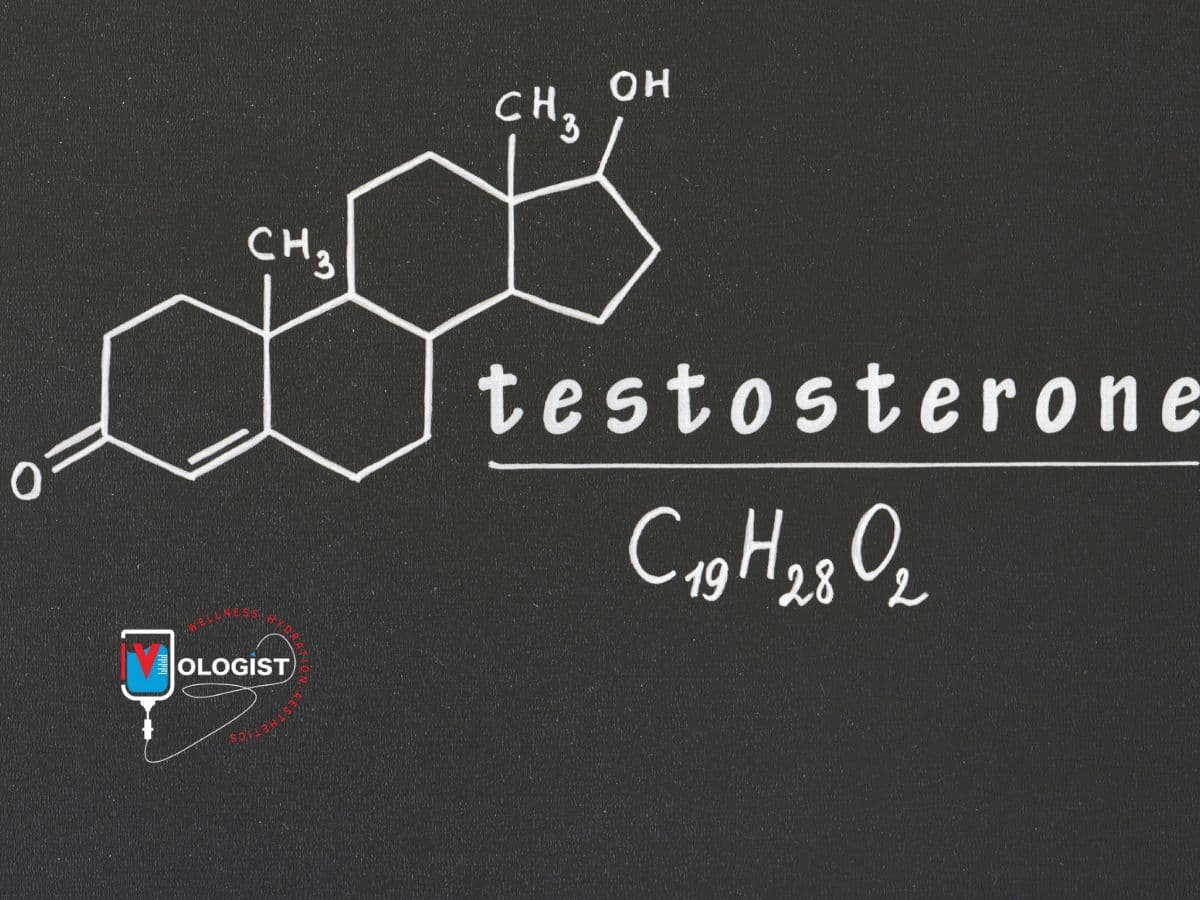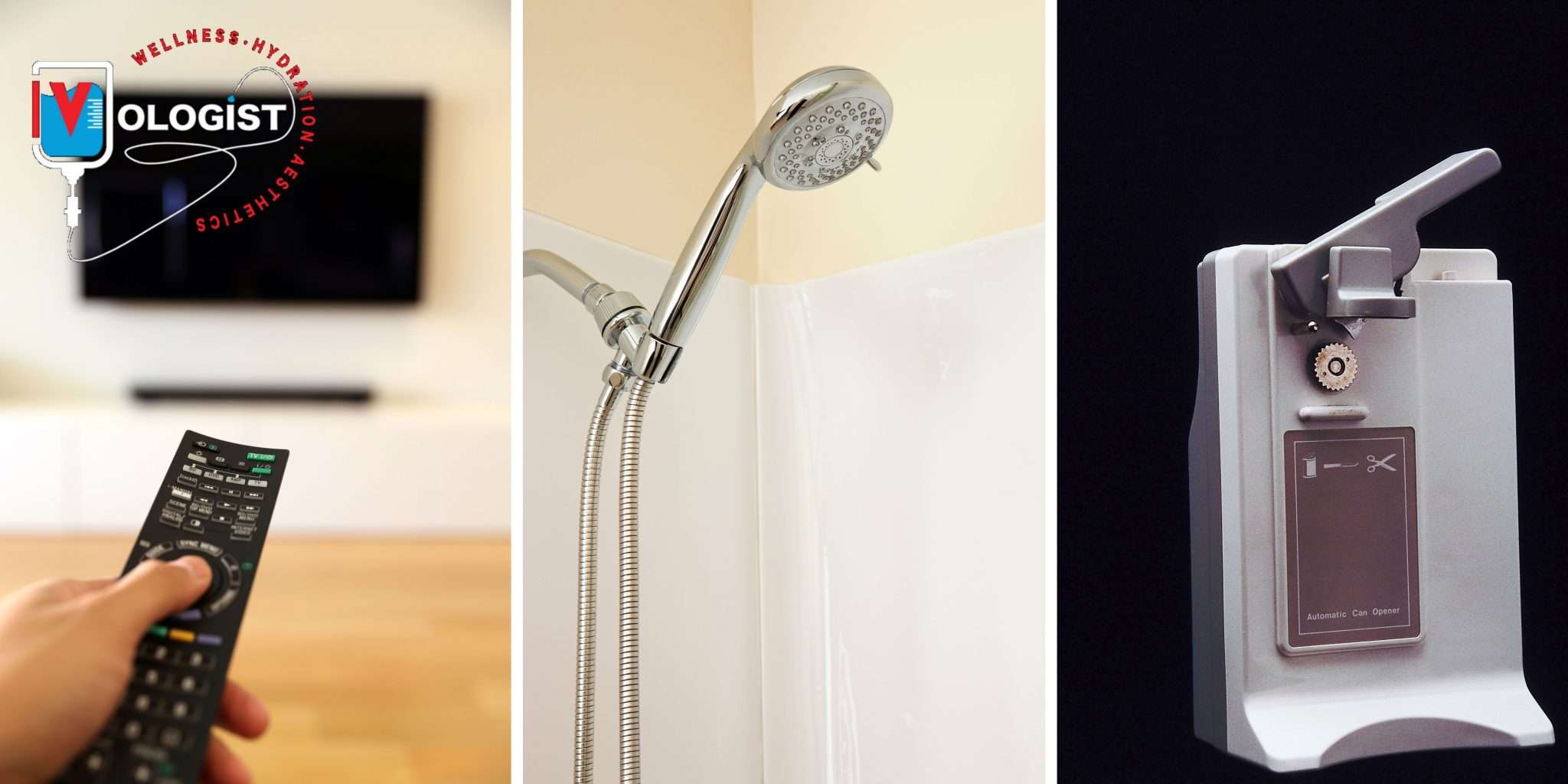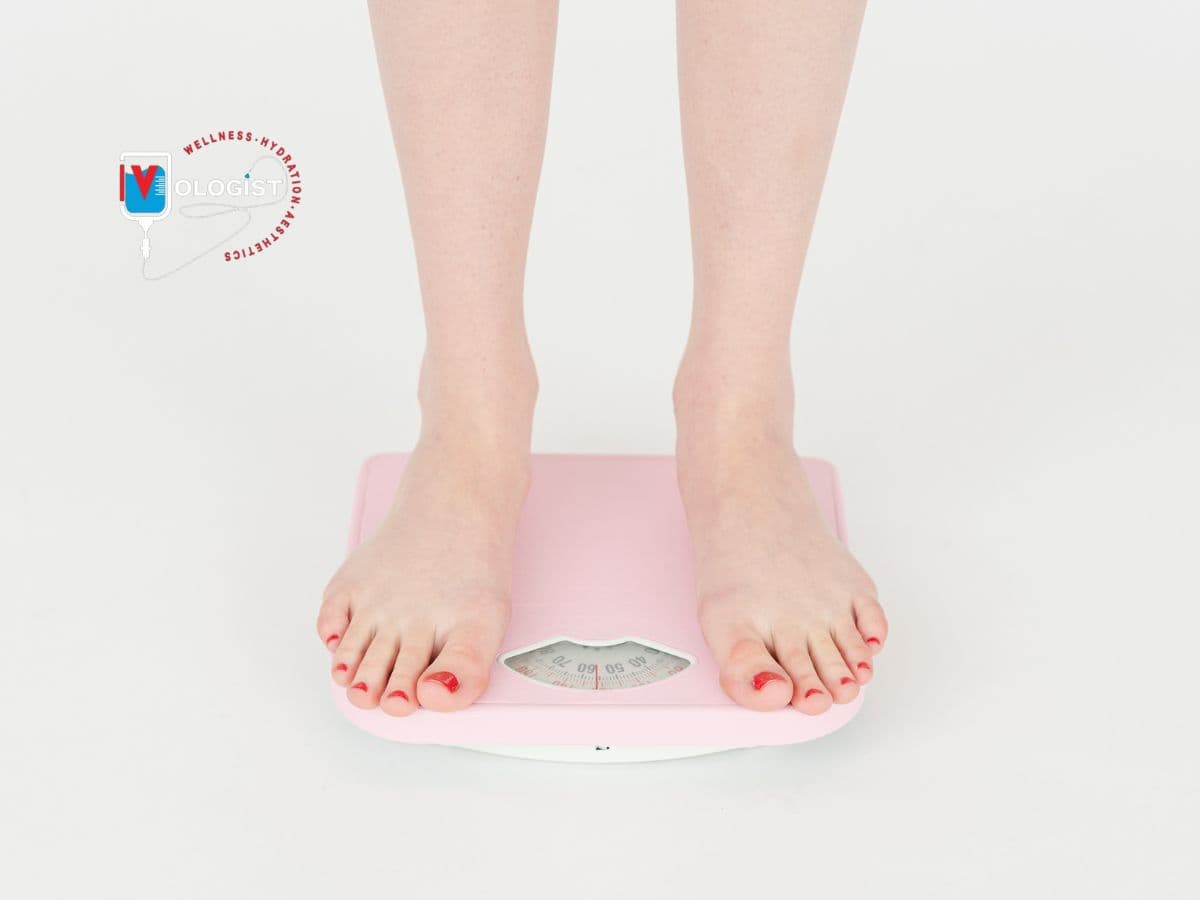What is Testosterone and Why Does it Matter?
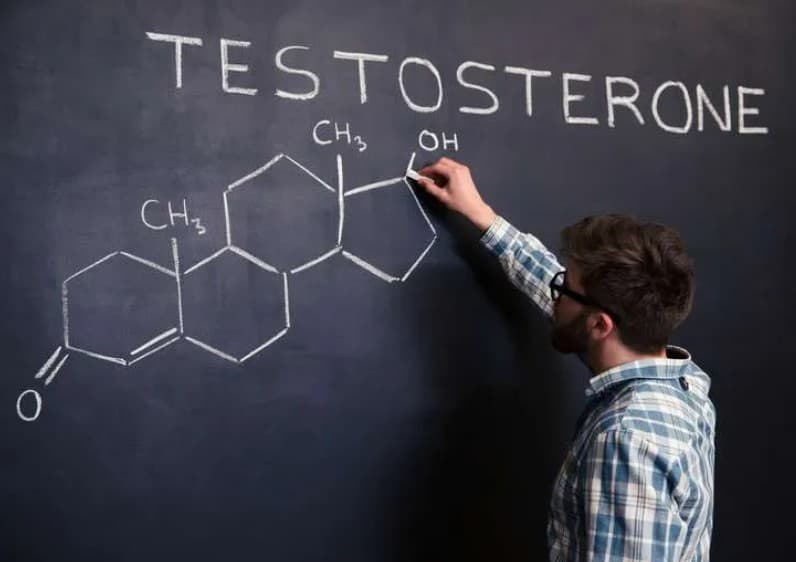
Testosterone is often hailed as the key to men’s health and vitality, playing a crucial role in nearly every aspect of physical and emotional well-being. This hormone not only drives muscle development and sexual health but also impacts mood, energy levels, and cognitive function. For those experiencing low testosterone, understanding its significance and exploring solutions like testosterone replacement therapy (TRT) offers a path to reclaiming health. But how long does testosterone take to work? The answers depend on a variety of factors, from the treatment method to individual physiology. Below, we’ll break down the key aspects of testosterone, what it does, and how TRT can help.
Understanding Testosterone
Testosterone is a hormone primarily produced in the testicles, though smaller quantities are created by the adrenal glands. It serves as the driving force behind many processes that keep the body functioning at its best. Often considered the hallmark of masculinity due to its role in male sexual and physical traits, its importance extends far beyond appearances.
Functions of Testosterone in Men’s Health:
- Muscle Growth: Testosterone promotes the development and maintenance of lean muscle mass, vital for strength and endurance.
- Libido and Sexual Function: It fuels sexual desire and contributes to healthy erectile function.
- Mood Regulation: Adequate testosterone levels help stabilize mood, reducing irritability, depression, and anxiety.
- Bone Density: The hormone maintains strong bones, reducing the risk of fractures with aging.
- Cognitive Function: It supports focus, memory, and mental clarity, which can wane as testosterone levels drop.
When testosterone levels decline, the effects can significantly impact these functions, leading to a cascade of issues affecting quality of life.
Common Reasons for Low Testosterone
Many factors come into play when it comes to declining testosterone levels. While some causes are natural and unavoidable, others can be addressed through lifestyle changes or medical intervention. Here’s a closer look at the reasons behind low testosterone:
Causes of Low Testosterone:
- Aging
Testosterone production peaks in adolescence and early adulthood but begins to decline around the age of 30. The reduction rate is approximately 1% per year, but this can vary between individuals. - Medical Conditions
- Chronic illnesses such as diabetes, obesity, or sleep apnea.
- Hormonal disorders like pituitary gland dysfunction.
- Injuries to the testicles or infections affecting testosterone production.
- Lifestyle Factors
- Poor diet, lack of exercise, and high levels of stress can negatively influence hormone levels.
- Excessive alcohol consumption and smoking also play a contributing role.
Symptoms of Low Testosterone:
- Persistent fatigue, even with adequate rest.
- Decreased sexual drive and difficulty achieving or maintaining erections.
- Loss of muscle mass and strength.
- Increased body fat, particularly around the abdomen.
- Poor concentration and memory issues.
Recognizing these symptoms early can make a significant difference in seeking treatment and understanding how long does testosterone take to work after starting therapy.
The Role of Testosterone Replacement Therapy (TRT)
For men struggling with the effects of low testosterone, testosterone replacement therapy (TRT) can be a game-changer. This treatment replenishes testosterone levels in the body, addressing both physical and emotional symptoms. But how does it work, and what types of therapies are available?
What is Testosterone Replacement Therapy?
TRT is a medical treatment designed to normalize testosterone levels. It aims to restore vitality, improve health, and alleviate the symptoms of low testosterone. While it doesn’t offer overnight results, consistent coverage often leads to significant improvements over time.
Types of Testosterone Therapies:
- Injections
One of the most common methods, injectable testosterone offers precise dosing and typically requires administration every 1-4 weeks, depending on your treatment plan. - Topical Gels and Creams
Applied directly to the skin, these therapies deliver testosterone through transdermal absorption. They provide a steady level of the hormone but require daily application. - Patches
Worn on the skin, these allow slow and consistent delivery of testosterone but can sometimes cause irritation at the application site. - Pellets
These are implanted under the skin and release testosterone over several months, offering a hands-off option for patients needing a long-term solution.
Transition
Understanding the role of testosterone and the therapies designed to address its decline is the first step in reclaiming your health. The next question often lingers in most men’s minds, though: How long does testosterone take to work? We’ll explore this in detail, outlining the timeline of expected results and the factors that influence their speed and effectiveness.

